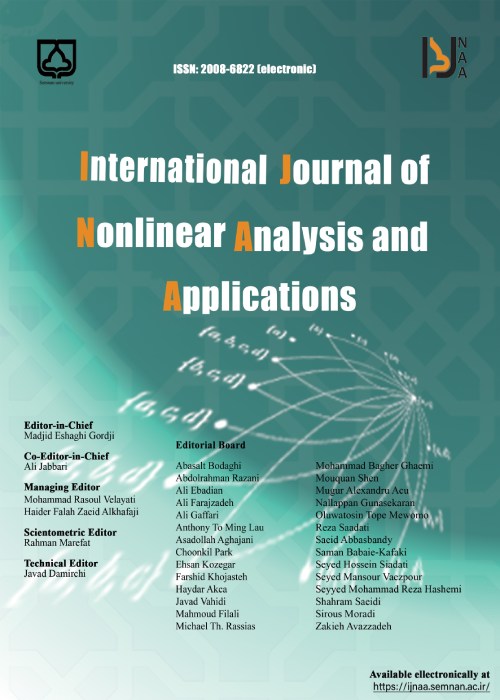Designing and validating a dynamic, responsive and competitive structure model for the railways of the Islamic Republic of Iran
The success and growth of organizations are due to their timely actions against challenges and problems and having dynamic capabilities, responsiveness and competitiveness. The purpose of this research is to design and validate a dynamic, responsive and competitive structure model for the Railways of the Islamic Republic of Iran. The research method was qualitative and the statistical population in the qualitative department included senior and middle managers of the Railways of the Islamic Republic of Iran, professors of railway engineering, transportation engineering and public administration in higher education centers and specialists related to the subject and written documents related to the research. In the validation section, the statistical population included faculty members of public administration in higher education centers and senior intermediate managers of the Railways of the Islamic Republic of Iran. In the qualitative section, 15 experts and 6 documents (texts) were selected using the snowball and purposive sampling methods for experts and documents, respectively. 20 experts were selected in the validation section using the purposive sampling method. For data analysis, in the qualitative section, the grounded method with open, axial and selective coding in One Note software was used while in the validation section, the Delphi method in SPSS software was used. In order to determine the validity and reliability of the resulting data, necessary reviews including acceptability (expert review) and verifiability (expert review) were used. According to the results of the qualitative section, the paradigmatic model has 10 dimensions (categories) and 23 components (concepts) as follows: the causal conditions (upstream policies, control and supervision, laws and regulations, commercialization of the company and changes in the organizational structure), contextual conditions (organizational agility, intelligent marketing, human capital, upstream support and non-human resources), intervening conditions (private sector investment, top and middle managers, organizational values, supply chain and re-engineering and new technologies), strategies (motivation and innovation, being knowledge-oriented, optimality, discarding old strategies and national and international interactions) and consequences (company profitability, improving non-financial performance and service quality). The results of the validation section indicated the confirmation of the components identified in the qualitative section.
- حق عضویت دریافتی صرف حمایت از نشریات عضو و نگهداری، تکمیل و توسعه مگیران میشود.
- پرداخت حق اشتراک و دانلود مقالات اجازه بازنشر آن در سایر رسانههای چاپی و دیجیتال را به کاربر نمیدهد.


